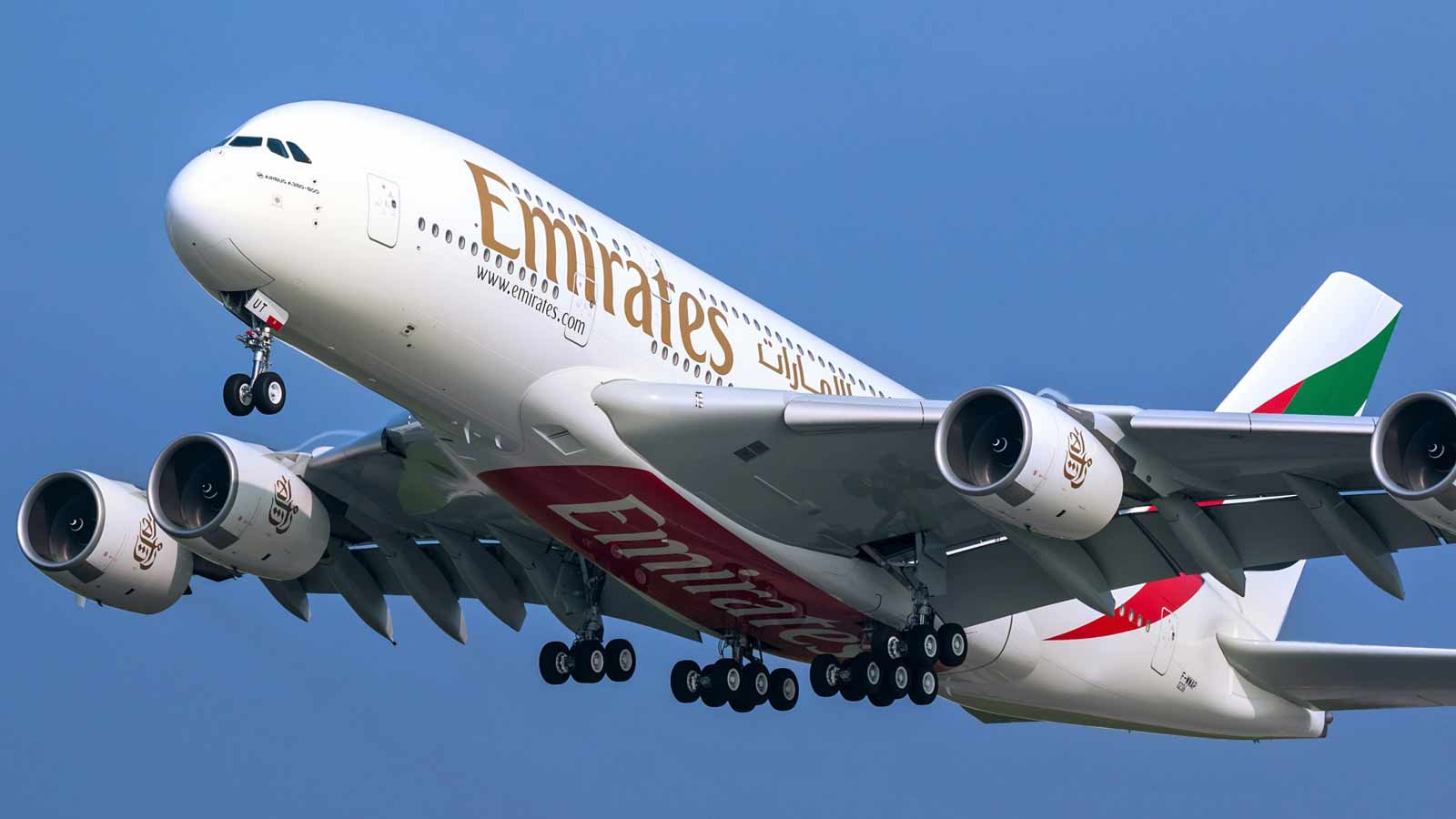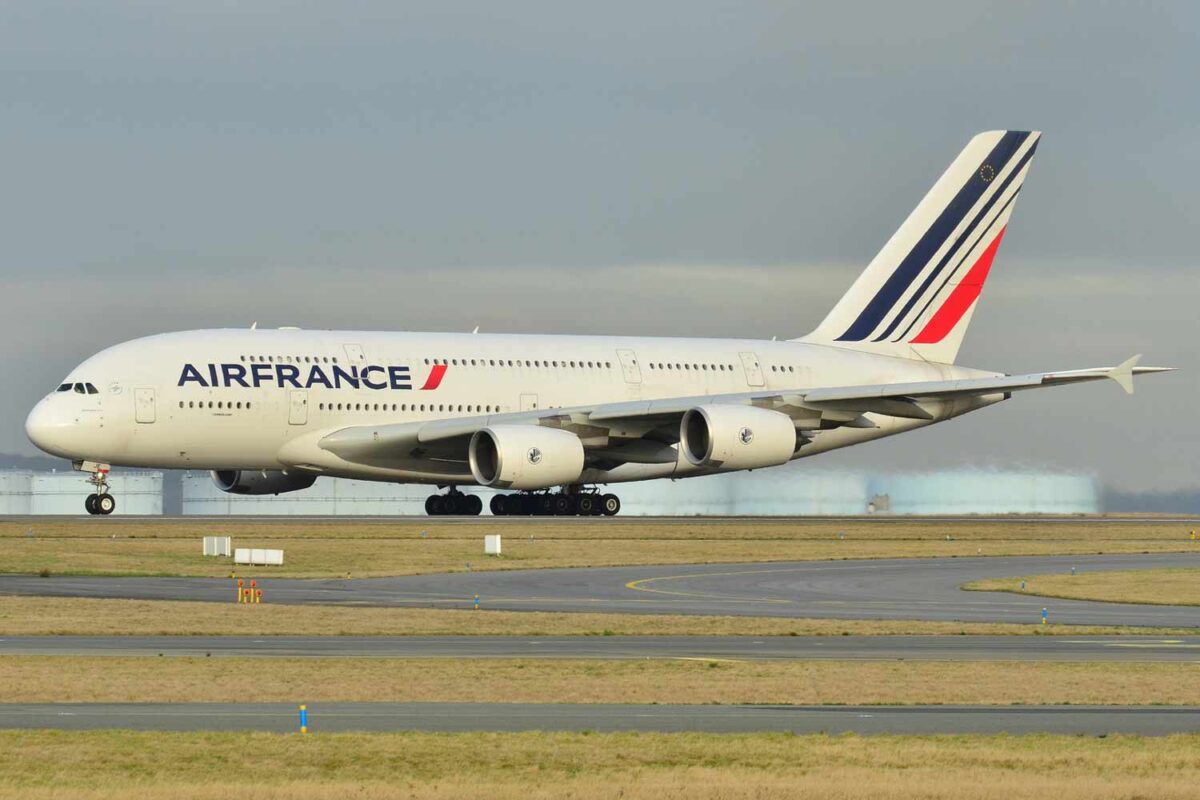
The majestic A380, one of the most loved aircraft around the world, is experiencing a long and protracted death. This is because airlines have been shifting towards smaller, more efficient aircraft, even for long haul journeys, for some time.
Though uber comfortable, the A380 ultimately failed to fulfil the commercial vision of its designers. COVID hasn’t helped either, but production of the double-decker jet has been dwindling for years. It might eclipse the Boeing 747, even, in terms of size, but unfortunately, it just isn’t efficient enough to be profitable.
Here’s a brief history of the A380 – from its mighty beginnings to its impending death.
The Origins Of The A380
Airbus first began dreaming up a 500 seat airliner in the early 1990s. The idea was to create a competitor (or, better yet, a successor to) to Boeing’s 747.
The first A380 was shown off to the world in Toulouse in January 2005. It first flew in April 2005 (the maiden voyage lasted 3 hours and 54 minutes). This plane had Rolls-Royce Trent 900 engines, and flew from Toulouse with a crew of six, led by chief test pilot Jacques Rosay.
It was 239 feet long, 79 feet tall, and 262 feet from wingtip to wingtip. In other words: a bloody big bird.
According to Airbus, the A380 can carry 544 passengers, with a range of more than 9,400 miles. In a high-density configuration, the A380 is even certified to carry up to 868 passengers (538 on the main deck, 330 on the upper level).
On the 15th of October, 2007, the first Airbus A380 was delivered to Singapore Airlines. On the 25th of October 2007, the first commercial flight of the superjumbo took place (from Singapore to Sydney).
Big Promises
The A380 was called the future of aviation when it was first introduced. It delivered unprecedented luxury and comfort. It was even designed to have lower operating costs than its big boy competitors at the time. And, to be fair, it did have some advantages. The A380 was (and still is) a great choice for airlines that want to take advantage of lavish add ons like walk up bars, onboard lounges and first class bathrooms with showers.
Emirates is one such airline who uses the A380 for these purposes. As is Singapore Airlines, with its giant first class suites. And of course, Etihad with The Residence.
But despite a few big carriers still using the A380, on the whole it has fallen out of favour (and it is no longer in production, with Airbus announcing plans to stop making the jet in 2019 due to a lack of demand, and Emirates taking delivery of the world’s last new Airbus A380 last year). Money wise, it all went wrong. Why?
Other Airlines Took Deliveries Of The A380

After Singapore Airlines took delivery of the A380, other airlines like British Airways, Korean Air, Malaysia Airlines, Lufthansa, Qantas, Thai Airways, Air France, Qatar Airways and Etihad took deliveries of their own of the A380 too. Japan’s All Nippon Airways was the last airline to introduce the A380. It did this in 2018 (for flights between Tokyo and Honolulu). Emirates is the biggest fan of the A380 though, accounting for almost half of the A380s ever ordered (123 of 274). This works well for Emirates because it is largely a long haul airline.
But few airlines are are long haul focussed as Emirates. Most struggle to pull in that many passengers, for such long flights, that regularly. Because of this, the trend in the industry is to operate direct flights on smaller long range aircraft.
As Insider notes, “Instead of Emirates’ dedicated hub-and-spoke route model, most airlines have moved towards more point-to-point flying.”
These days the Boing 777,
The Boeing 787 Dreamliner and the Airbus A330 dominate the skies (when it comes to long haul routes, across the board).No Cargo Version Ever Got Off The Ground
Due to a lack of interest, a cargo version of the A380 has never got up and running.
Airlines Began Scrapping The A380
Insider also reports that in 2017, “Singapore Airlines became the first airline to retire an A380, the first of five to be taken out of service.”
“One [of these 5] has been scrapped so far, while another has entered service with leasing company Hi-Fly.”
In November 2019 Air France retired one of its A380s. During the pandemic, many airlines grounded their fleets of A380s.
RELATED: Singapore Airlines Announcement Puts Another Nail In Coffin Of Magnificent Jet
Airbus Announces The End Of The A380
Airbus announced their decision to end the A380 program in early 2019, with production to end in 2021. This came soon after a reduction in orders from Emirates which, the BBC reports, appears to have forced Airbus’ hand (in 2018, it had expected the program to last at least another ten years).
Simple Flying reports that “despite the 251 sales, the overall project never made a profit.“
“The development cost of €25 billion ($29.7 billion) was more than twice the original development estimate. Although, one positive is that the volume was high enough that by the end, it was producing each aircraft higher than cost.”
Simple Flying
Read Next
- The Last Airbus A380: The Airline Who Refuses To Let The Aircraft Die
- First Class Passengers Mourn Loss Of ‘Most Luxurious Cabin In The Sky’
- Qantas Bucks Airbus A380 Trend, Backs The Superjumbo For The Long Haul
The post The Slow Death Of The A380 appeared first on DMARGE.
0 Commentaires